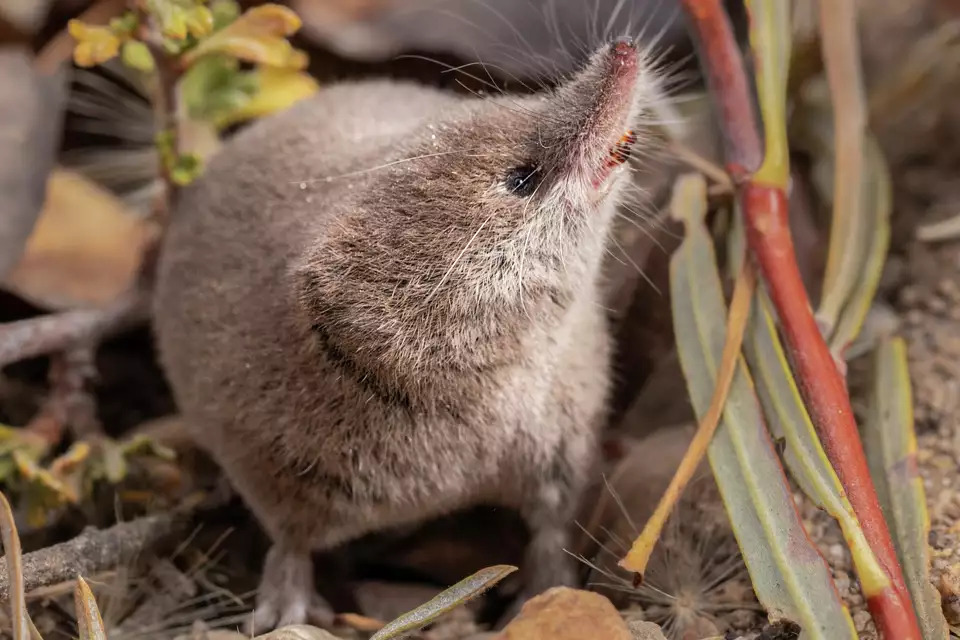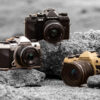Credit: Vishal Subramanyan, Prakrit Jain, Harper Forbes
SFGATE‘s coverage of the first-ever photographs of a living Mount Lyell shrew is a remarkable milestone of dedication in wildlife photography. The article brilliantly captures how three young researchers sacrificed sleep and comfort, checking traps every two hours in freezing temperatures, to document this elusive creature that had never been photographed alive in its century-long known existence.
What makes this piece particularly compelling is how it demonstrates the vital role of photography in wildlife conservation. Through their detailed close-up shots, these photographers didn’t just document a rare species – they created a visual record that could prove crucial for the survival of a creature projected to lose up to 89.5% of its habitat by the 2080s due to climate change.
The story shows how wildlife photography often demands more than just technical skills and patience. The team faced multiple challenges that would make most photographers think twice. They had to check their traps every two hours because shrews have such fast metabolisms that they can’t survive without food for long. Miss a check, and you might find a dead shrew instead of a photo opportunity. The freezing temperatures at 15 degrees added another layer of difficulty to their already challenging task.
The wildlife photography milestone came after careful planning and research. The team learned that this tiny mammal, weighing just 2-3 grams, was the only known California mammal species without a living photo. That’s when they decided to take on this unique wildlife photography challenge.
Their success wasn’t just luck. They used specific photography techniques adapted to their subject. They set up multiple traps near stream and wetland areas, using cat food and mealworms as bait. The team had to work quickly yet carefully when photographing their tiny subject, as the shrew’s survival was their primary concern.
This wildlife photography milestone also highlights the broader issue of undocumented biodiversity. As one of the researchers noted, “The majority of earth’s biodiversity remains unknown.” Their work shows how photography can help bridge this knowledge gap, providing crucial visual documentation of species that might otherwise remain just names in scientific papers.
The achievement has implications beyond wildlife photography. These images will help researchers study the shrew’s physical characteristics and behaviors, previously only documented through deceased specimens. In an era where climate change threatens countless species, such photographic evidence becomes invaluable for conservation efforts.
Visit SFGATE to see these groundbreaking images and read the full story of how determination, expertise, and careful planning came together to capture the first photographs of California’s most camera-shy resident.
Best Thing We Read This Week shares photography articles that challenge our perspectives and deepen our understanding of the craft. Have an article to suggest? Share it in the comments below.









